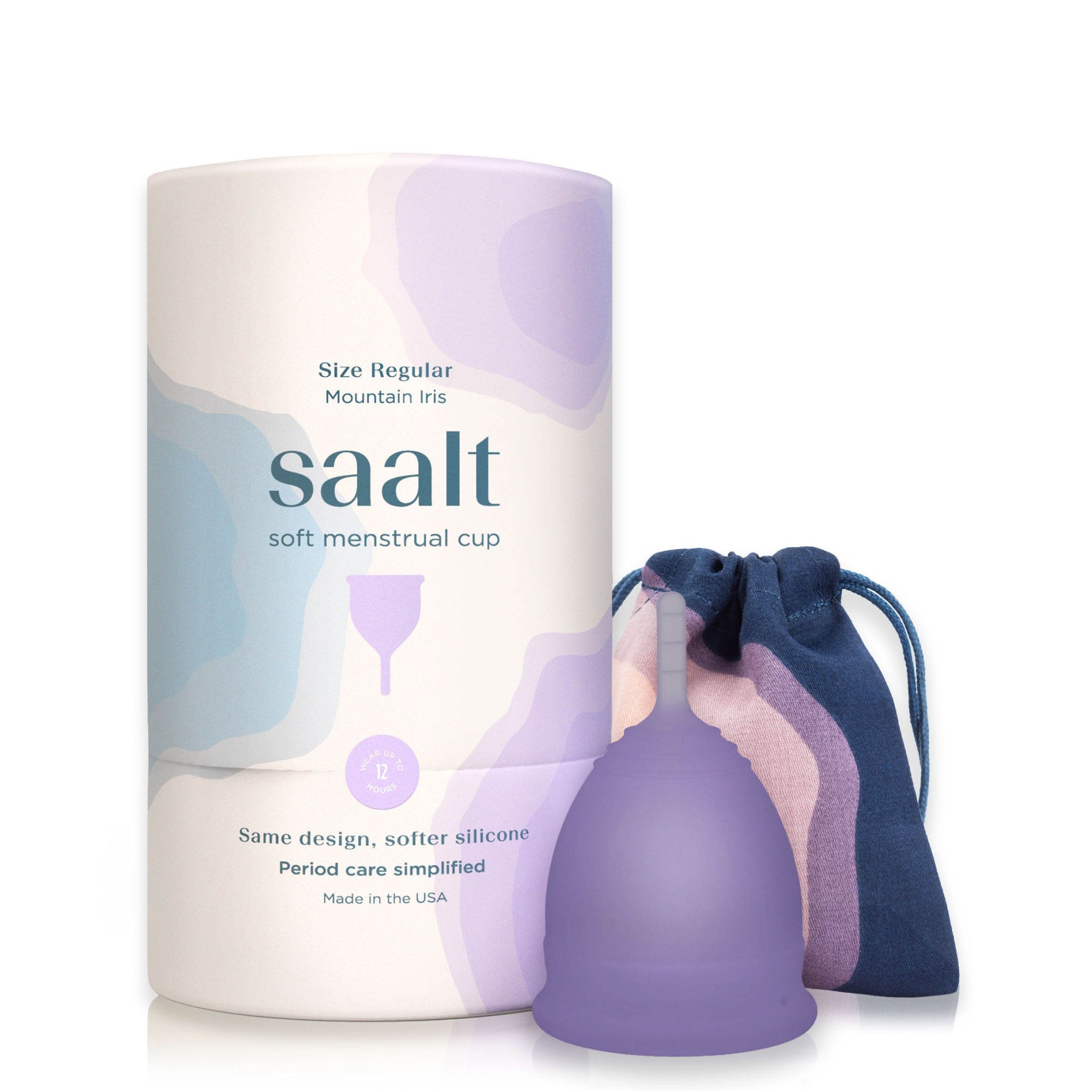Let’s talk about something super important—your boobs. Here at Saalt we’ve been navigating periods and menstruation talk for so long, talking about boobs feels like uncharted waters. Now that we’ve made the perfect bralettes to match Saalt Wear period underwear, it’s time to talk shop about your breasts. How do you make sure they’re healthy? We know, we know, it’s easy to avoid checking them because you’re afraid you might do it wrong. But trust us, you’re not alone. Lots of us feel that way! Let’s break down breast self-exams in a way that’s totally doable.
1. Pick a Day and Stick to It
If you get your period, the week after it ends is the best time to check—your breasts are less lumpy or full then. No period? That’s cool, just pick a date each month and put it in your phone as a reminder. Checking too often is like watching a kid grow—you might not notice the changes.
Learn: Why do my breasts enlarge during my period?
2. Mirror Time
Stand in front of a mirror, take a good look at yourself, and note how your breasts look. It’s totally normal for them to be different sizes. But if you see anything new, like dimples, lumps, or a nipple that’s suddenly doing something funky, get it checked out.
Lift your arms over your head and look again. If something looks off—like tugging on the skin or an uneven shape—let your doctor know.
3. Feel It Out
Lie on your back (it helps flatten everything out), and use the pads of your fingers to feel around. Think of it like exploring all the levels—light pressure for the surface, medium for the middle, and firm for the deeper tissue. Cover your whole chest area, from collarbone to armpit.
You’re looking for anything that feels like a frozen pea or lima bean. Got lumpy areas? That’s usually normal. The key is knowing your normal.
And yes, give your nipple a little squeeze while you’re at it. If there’s any discharge or changes, tell your doctor.
4. Know Your Family History
This is a biggie. If your family has a history of breast, ovarian, or pancreatic cancer—especially if it showed up before age 50—let your doctor know. They might refer you to a genetic counselor.
A Few Extra Tips:
- Try checking in the shower with soapy hands—it’s easier to feel.
- Use a pattern to make sure you don’t miss any spots. Think pie slices or a clock face.
- Changes can be normal (like during your period), so don’t freak out right away.
But if you notice anything off—like a lump, skin changes or discoloration, or weird discharge—call your doctor. Oh, and don’t forget to see your doctor for a proper check-up on a routine basis, even if you haven’t noticed any concerns in your self-exams. Every three years if you’re in your 20s or 30s, and every year once you hit 40.
No shame, no hesitation. You’ve got this!





